The volume of foreign currency in the hands of Russians decreased for the first time in six years. The Central Bank has never recorded such dynamics during the entire period of observation. The trend, however, looks insignificant: at the beginning of 2024, the population held $97 billion in foreign cash, which is 0.4% less than a year earlier. Will the trend continue? And is it profitable to buy foreign currency now? Ivan Yakunin will tell you.
It may seem that the trend is within the statistical error. In rubles, savings increased due to devaluation; in dollars, they decreased barely noticeably. Savings in cash began to decline last April, according to RBC calculations. Until the fall, the population, as the regulator reported, was selling foreign currency, although it was constantly rising in price to 100 rubles. for a dollar. We can conclude that the Russians took profits.
Another version is supported by the head of the trust management department of the Solid company, Mikhail Korolyuk: “A certain level of anxiety is slightly declining. Inflation is falling, as is demand. Cash is kind of like a kind of alarm suitcase. On the other hand, there has always been a demand for travel and recreation. Now the western border has been caulked, and the majority of Russians are still considering domestic tourism.
It may, of course, be an option that the deposit rate looks quite attractive. There really is an influx of money there, and deposits could simply pump out liquidity.”
The key rate began to rise in July 2023, and until the end of the year, the yield on deposits increased. But at the same time, the demand for currency also grew. The Central Bank reported that in September Russians spent 40 billion rubles on it, in October — already 120 billion rubles, in November the volume increased to 160 billion rubles, and in December reached a record 180 billion rubles.
Basically, by the way, we were talking about dollars and euros. Renaissance Capital notes that foreign currency accounts for 35% of total cash holdings, which is still above the long-term average. But soon the trend may be reversed, says Vladimir Bragin, director for analysis of financial markets and macroeconomics at Alfa Capital:
“We have certain restrictions on the import of cash currency, there is simply nowhere for it physically to come from.” take on, I mean en masse. In principle, the abandonment of it has been going on for quite some time. It is clear that if currency is needed, it can be bought, but this topic has ceased to be discussed as a way of saving.
Therefore, it seems to me that the volume of cash currency will decrease. This is just such a difficult legacy of the 1990s, from which we are probably slowly beginning to recover.”
But the dynamics of the past year are unlikely to play into the hands of this conclusion. Those who kept savings in foreign currency earned almost 30% — no other deposit gave such a return. Yes, inflation in the USA was high, the purchasing power of dollars decreased, but in rubles this instrument looked attractive.
What's going on this year? Valery Weisberg, director of the analytical department of the Region company, answers: “In principle, buying a large amount of cash is not so interesting: you need to store it somewhere, rent a safe deposit box. If they are really interested in currency as an accumulation, then people buy, for example, yuan. But the strategy of accumulating cash is unattractive. I think that this year, most likely, there will be no serious weakening. In general, I think the rate is around 92 rubles. on average it will remain so.”
There really is such a possibility. The main mechanism for supporting the ruble — the mandatory sale of foreign currency by exporters — may be extended. At least this idea has already been supported by the government. On the other hand, in the second half of the year, the key rate is expected to decrease, which means that Russians may again become interested in foreign currency.
.
.


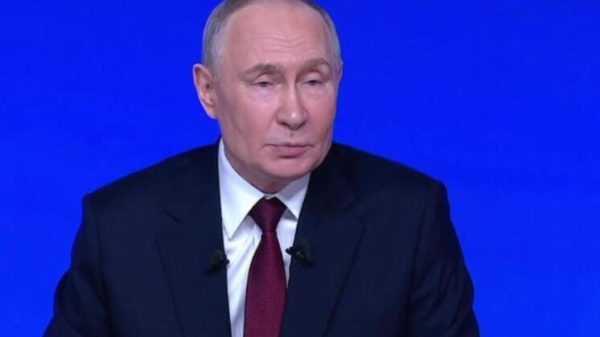

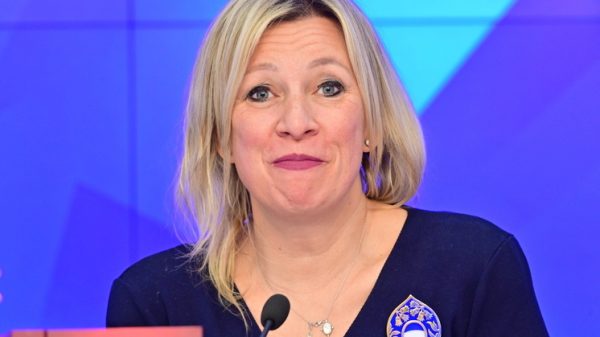



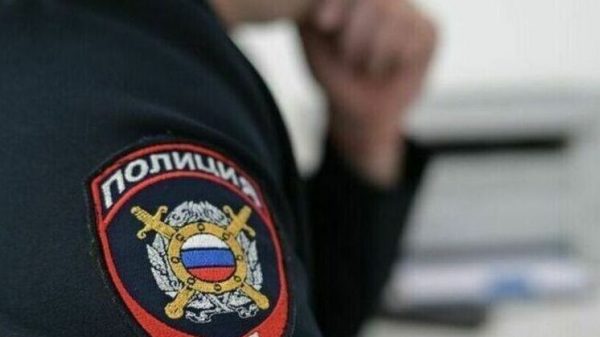








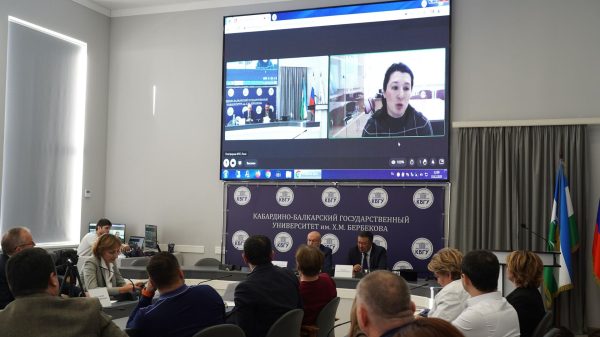





















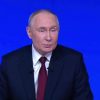













Свежие комментарии